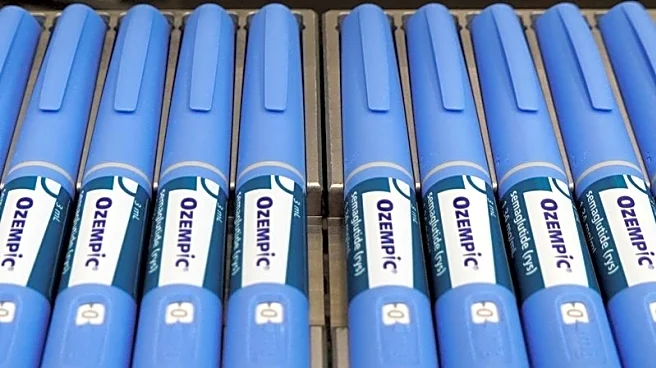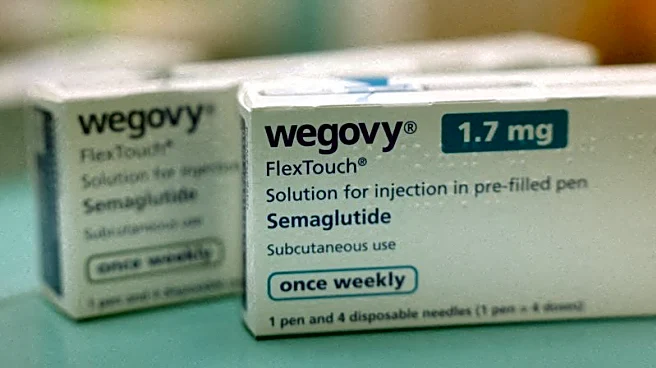What is the story about?
What's Happening?
SpinaFX Medical Inc., a Canadian medical technology company, has announced that its Triojection device has been granted Breakthrough Device Designation by the U.S. Food and Drug Administration (FDA). This designation is intended to expedite the development and review of medical devices that offer significant advantages over existing technologies for serious conditions. Triojection is a minimally invasive procedure that uses a proprietary oxygen-ozone delivery system to treat contained lumbar disc herniations, a common cause of disability worldwide. The device aims to provide a safer, more accessible, and effective treatment option compared to traditional surgical methods.
Why It's Important?
The FDA's Breakthrough Device Designation for Triojection highlights its potential to transform spinal care by offering a less invasive and more cost-effective treatment for lumbar disc herniations. This could significantly impact the healthcare industry by reducing recovery times and costs associated with traditional surgeries. The designation also facilitates faster regulatory processes, potentially bringing the device to market sooner and improving patient outcomes. SpinaFX's innovation could benefit under-resourced health systems globally, making advanced spine care more accessible.
What's Next?
SpinaFX plans to continue collaborating with the FDA to bring Triojection to clinical availability in the U.S. and explore additional applications of its technology for other spinal and musculoskeletal disorders. The company is also expanding educational programs to train physicians in the use of Triojection, aiming to establish a new standard in spine care that is efficient and patient-centered.
Beyond the Headlines
The development of Triojection represents a significant technological advancement in spinal care, potentially leading to broader acceptance of non-surgical treatments for spinal disorders. This could shift the focus from invasive surgeries to minimally invasive procedures, influencing future healthcare practices and policies.
AI Generated Content
Do you find this article useful?












